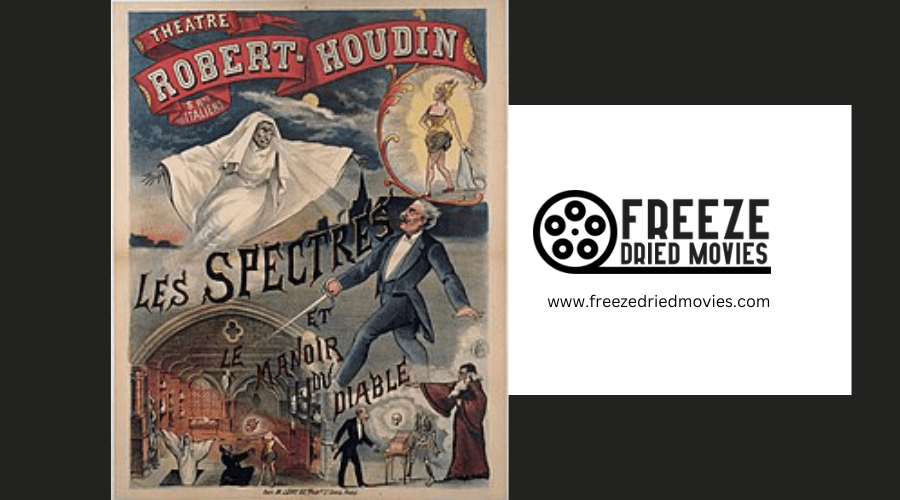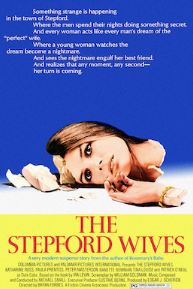The Stepford Wives 1975: A Chilling Suburban Satire

A Look at "The Stepford Wives"
The Film
"The Stepford Wives" hit theaters in 1975. Bryan Forbes directed this thriller based on Ira Levin's 1972 book. William Goldman wrote the script.
The story follows Joanna Eberhart, played by Katharine Ross. She moves from New York City to Stepford, Connecticut with her family. Joanna soon notices something odd about the local women. They seem too perfect and focused on housework.
The movie blends horror, sci-fi, and social commentary. It explores gender roles and women's rights in the 1970s. The men of Stepford want obedient, beautiful wives. They replace the real women with robots to achieve this.
Key scenes happen in bright daylight, adding to the eerie feel. The film builds tension as Joanna uncovers the truth. She must choose between escaping alone or staying for her kids.
View this post on Instagram
The original spawned several TV movie sequels: These follow-ups didn't make much impact. They tried to expand on the concept with mixed results. In 2004, a new version of "The Stepford Wives" came out. It starred Nicole Kidman and took a more comedic approach. This remake got mixed reviews. Many felt it missed the point of the original story. The idea of "Stepford" remains in pop culture. It pops up when discussing gender roles or perfect-looking communities. The concept has inspired other works that explore similar themes.Public Response
Follow-Up Films


